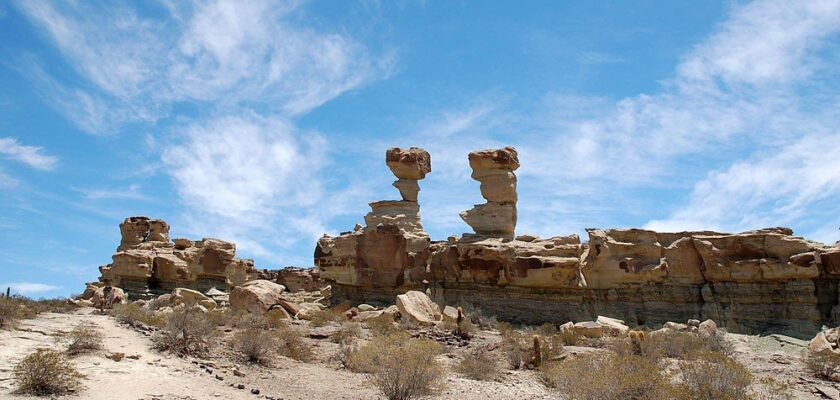Provincial Park Ischigualasto
Ischigualasto Provincial Park is located in northwestern Argentina, in the province of San Juan, and is one of the few places in the country designated as a UNESCO World Heritage Site. The park is a huge open-air paleontological museum covering more than 600 km². Scientists consider this place to be the most complete collection of fossils from the Triassic period of the planet’s development, which is more than 200 million years ago. Dinosaur skeletons have been discovered at Ischigualasto, as well as fossilized evidence of plant life on Earth from that distant era.
.Tourists to Ischigualasto Park are attracted not only by the prehistoric reptiles, but also by the surreal landscapes. Natives have dubbed the region the “Valley of the Moon” (Valle de la Luna), which is only partially true, because the landscape here is formed by rocks of fantastic shapes and reddish hue, which at sunset begin to glow with numerous shades of scarlet, taking visitors on a very realistic Martian journey.
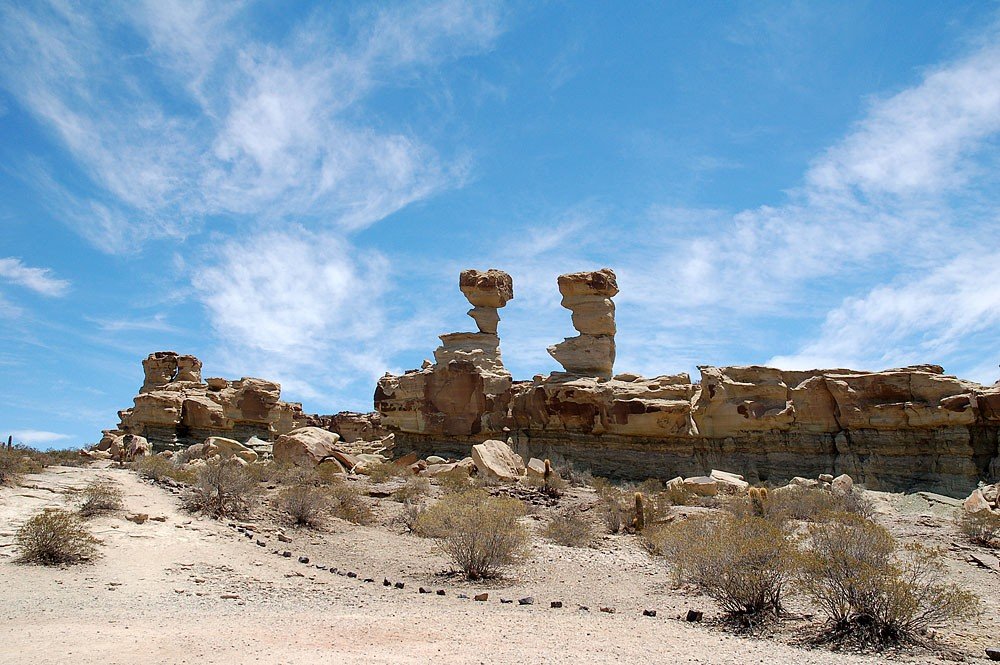
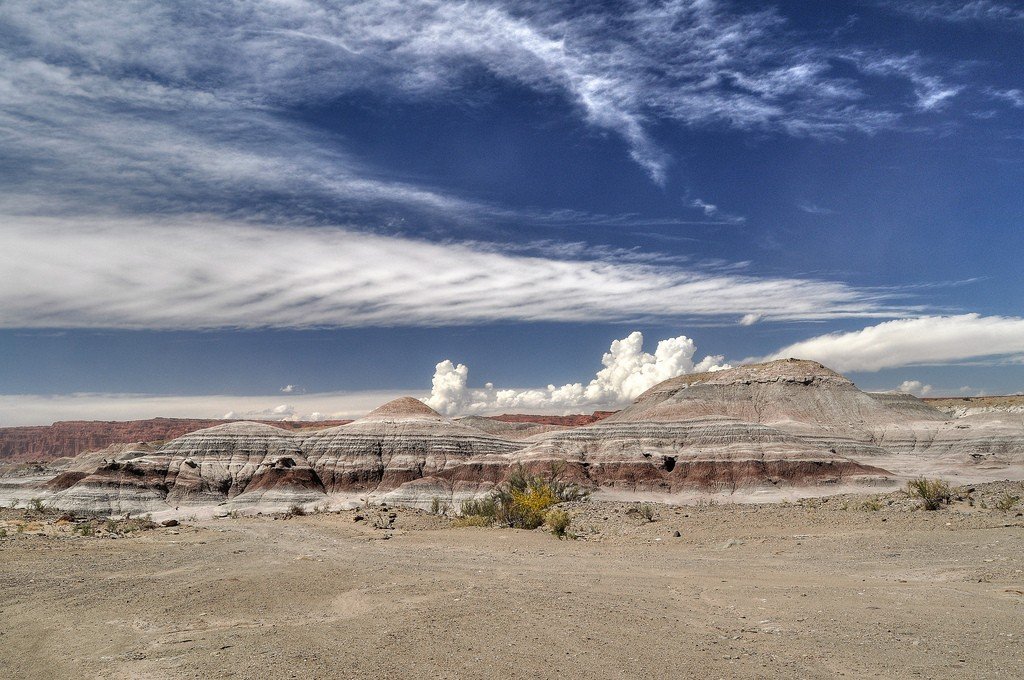
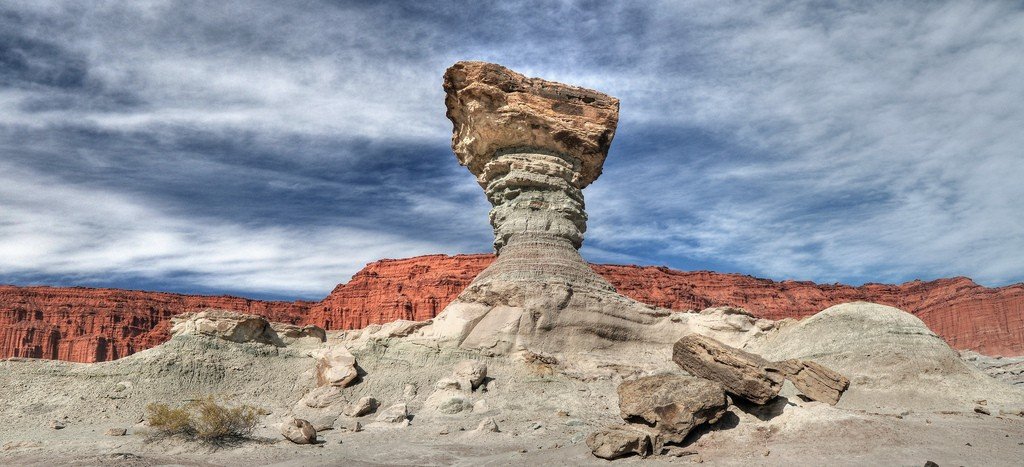
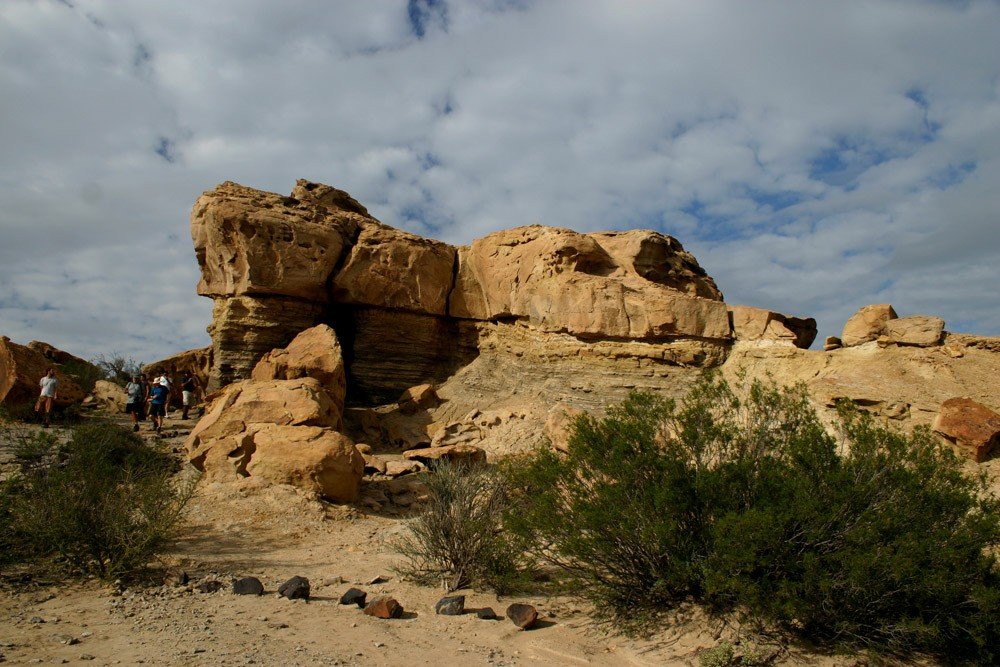
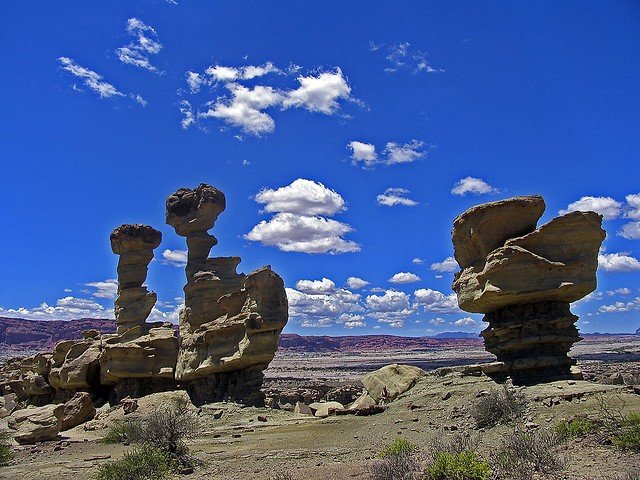
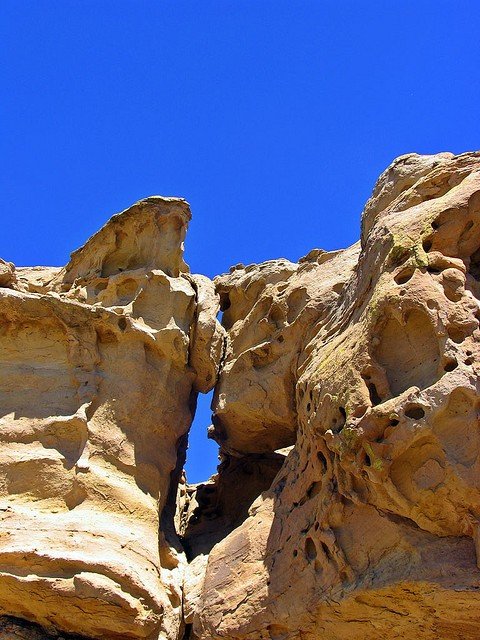
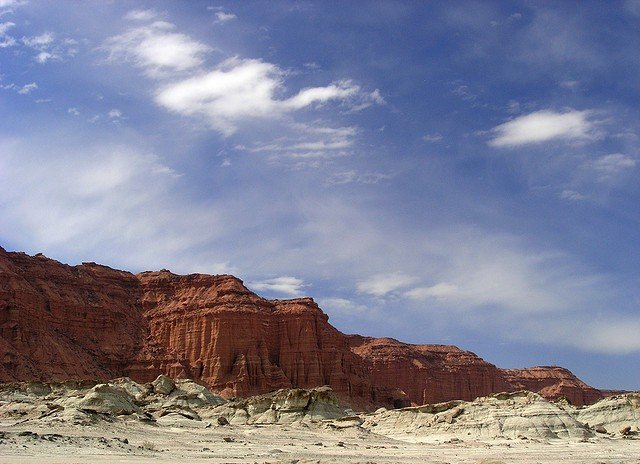
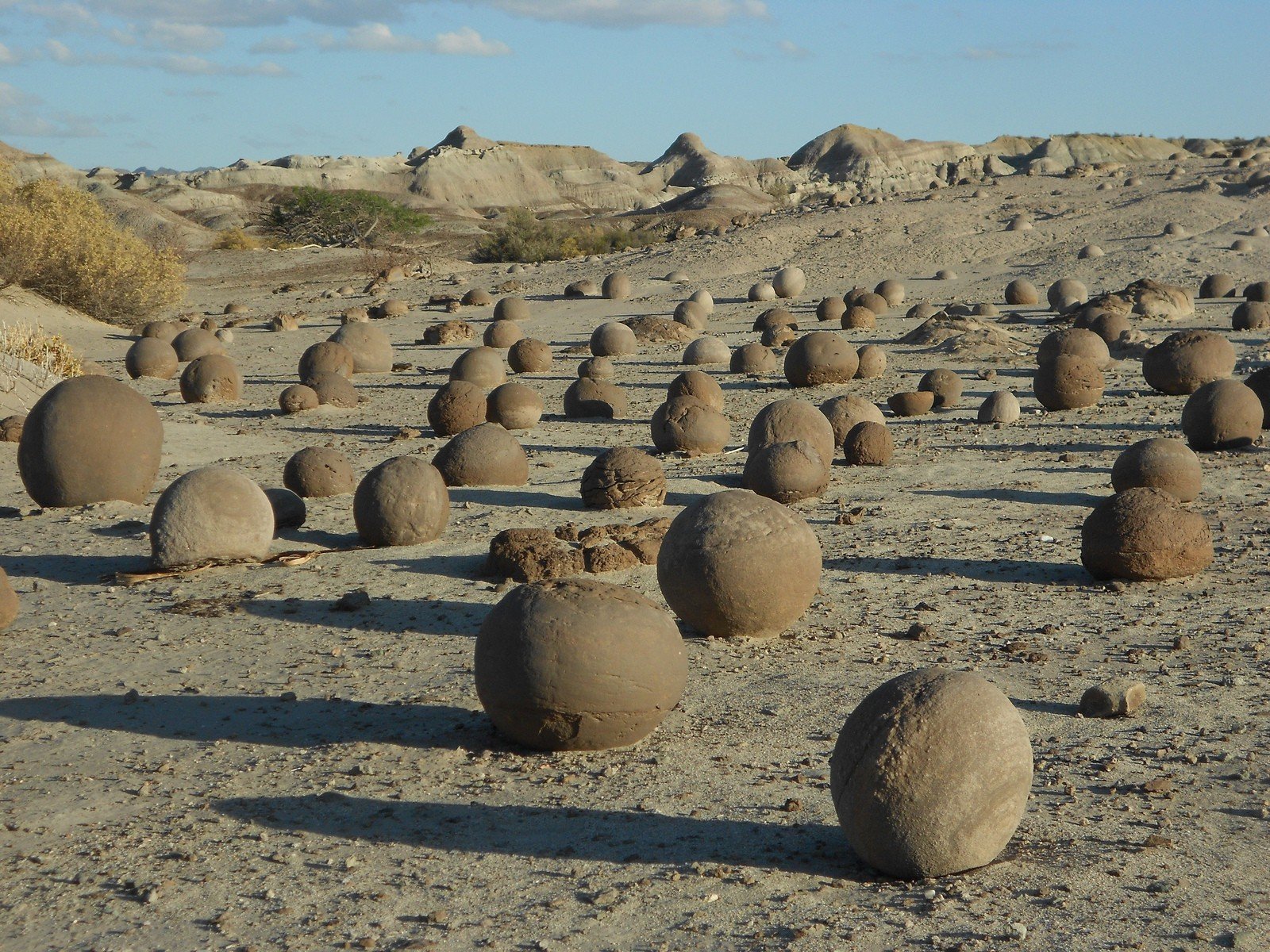
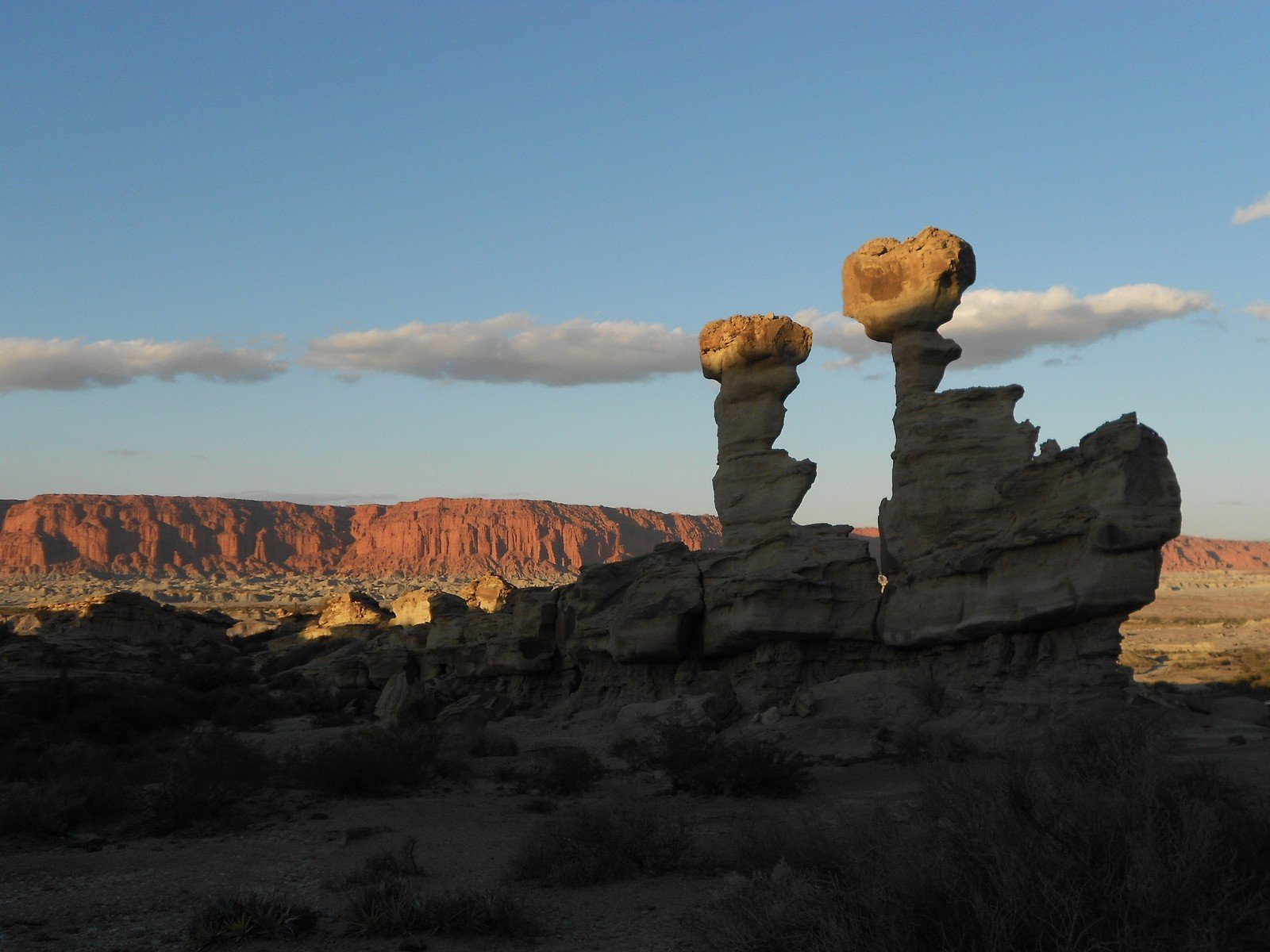
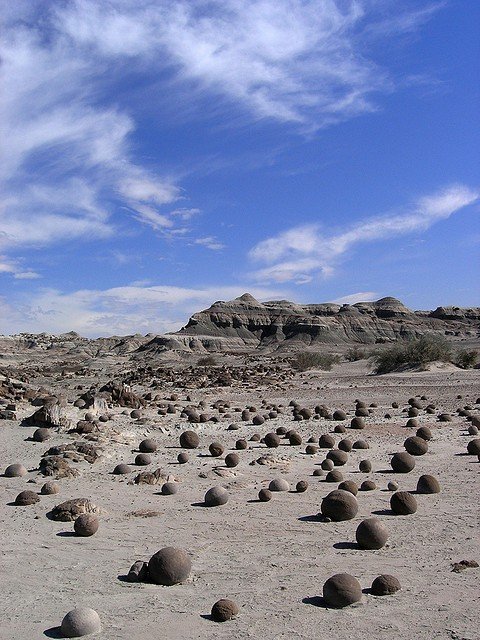
Video: Ischigualasto
ContentsClimate
The ideal time to visit Ischigualasto Park is the off-season from September through December and March through May. In summer (late December through February) it can be sizzling hot, with temperatures often exceeding +40 degrees Celsius. In winter (June through August), however, temperatures can be very hot, with nighttime lows as low as -15°C. In August, unpleasant hot northern winds called “sonda” blow.
.Sights of Ischigualasto Park
Places that have gained special popularity among travelers and photographers from all over the world are stone formations of the most bizarre shapes, most of which have received their own names over time. For example, here you can find the Worm (Gusano), the Submarine (El Submarino), the Sphinx (La Enfinge), the Tray (La Bandejas) and one of the park’s trademarks – a huge stone pillar called “The Mushroom” (El Hongo). It’s hard to believe now, but for millions of years, plant and animal life was abundant in this practically dead desert that the Ischigualasto area is today, and the amazing stone figures were carved by the river and refined later by the region’s strong winds.
.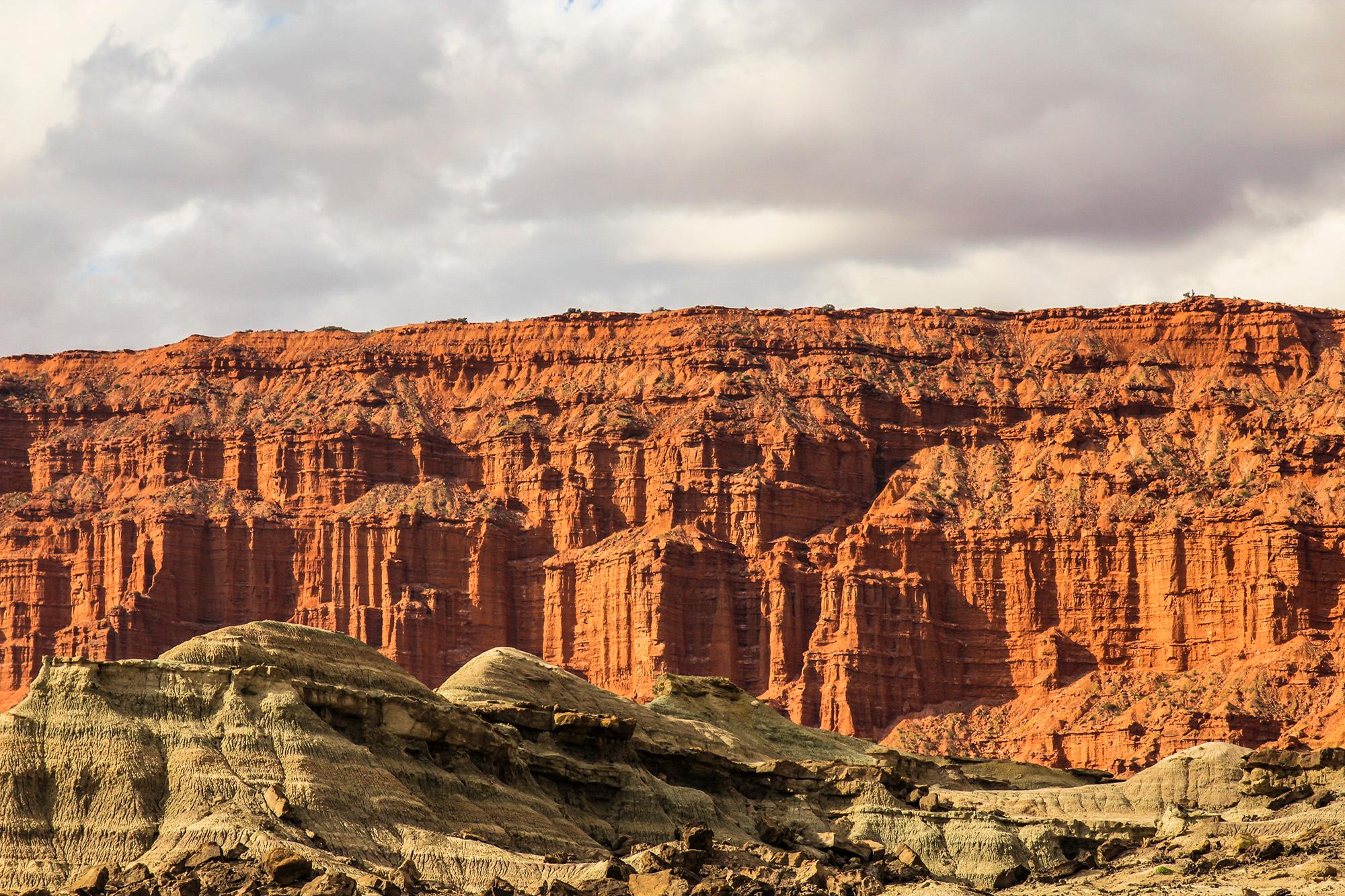
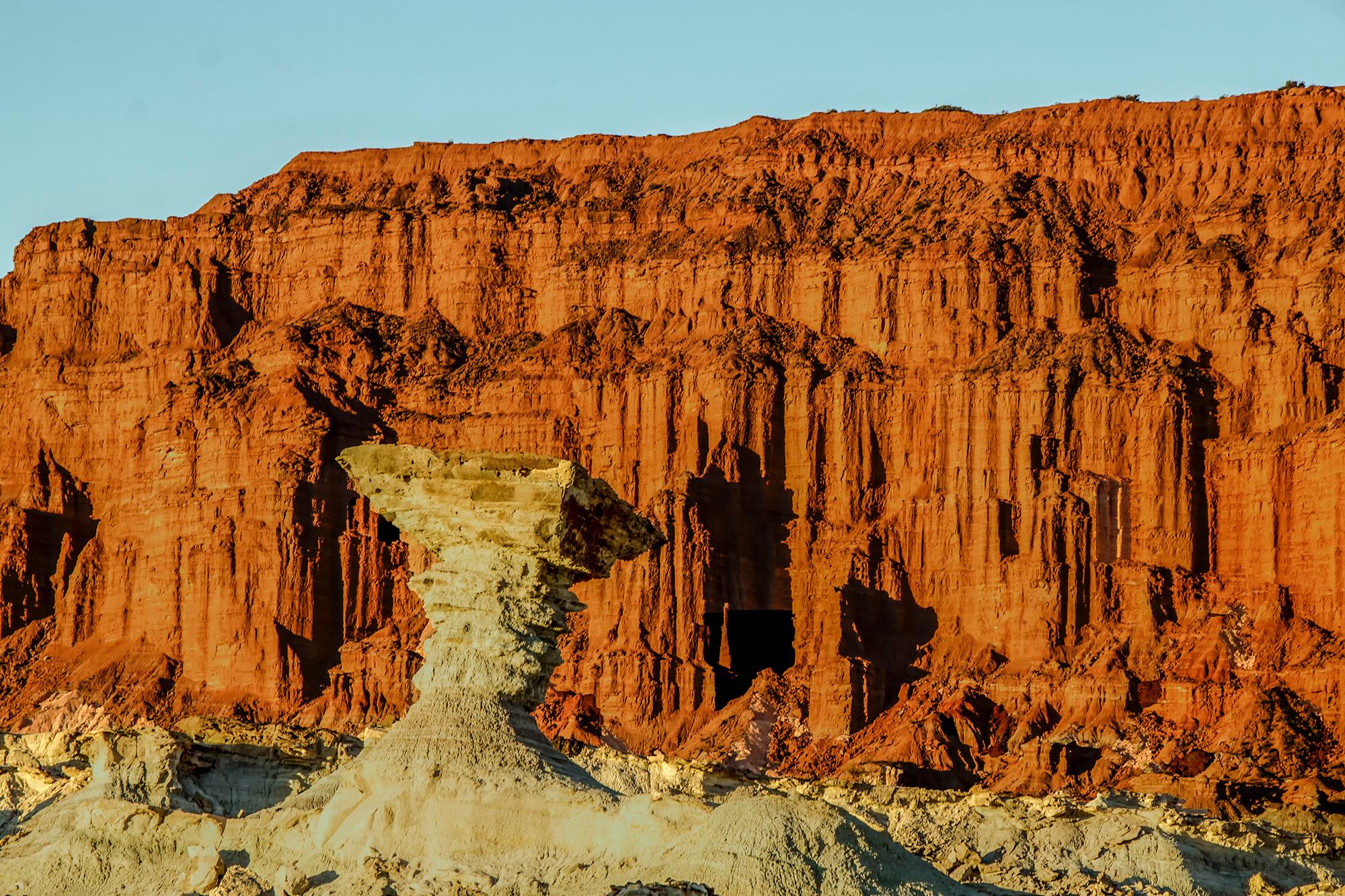
The Scarlet Cliffs (Barrancas Coloradas) and the Variegated Valley (Valle Pintado) are two sights that seem to have been transported here from Mars. This unusual coloration is the result of the high content of iron oxide and some other colorful minerals in the rock. These places are especially beautiful and unusual at sunset, when the colors become even more pronounced.
.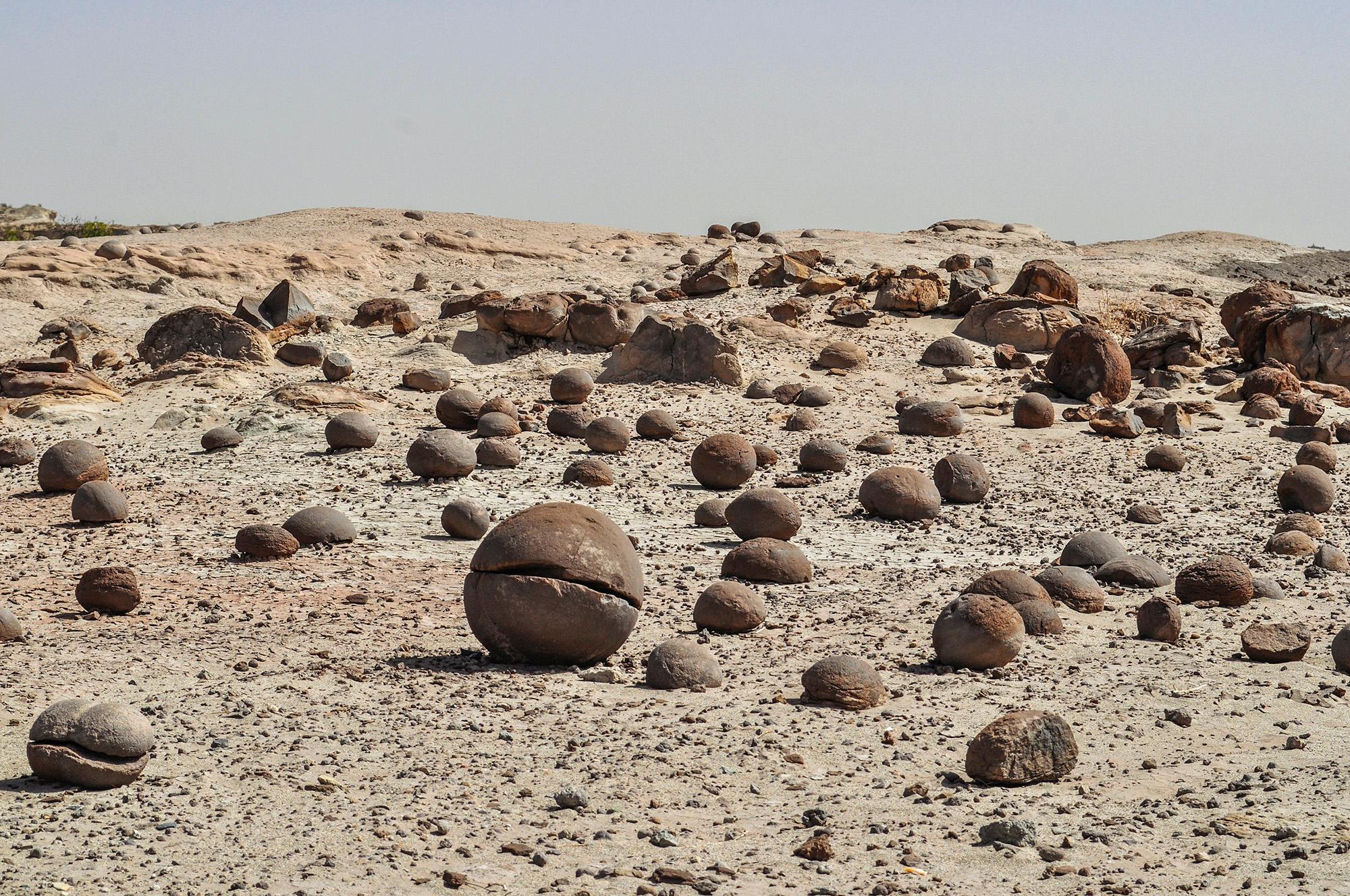
Another fantastic landscape appears in the “Cancha de Bochas” (Bowling Ball Field), a small space filled with almost perfectly round stone formations, very reminiscent of bowling balls or billiards balls. It is also a product of soil erosion and a rather rare phenomenon where one small core eventually grows new solid layers uniformly over time, forming a large spherical object.
.
A special mention should be made of the Purple Hill (Cerro Morado), which serves as the park’s main observation deck. From here you can fully experience the immense scale of Ischigualasto.
With a bit of luck, you can also encounter animals here. There are small puma, mara (Patagonian hare), gray foxes, armadillos and vizcachas.
.
At the entrance to the park there is a campground, here you can spend the night if you have your own tent. Within a radius of 40-50 km you can also find places to stay in small roadside hotels.
